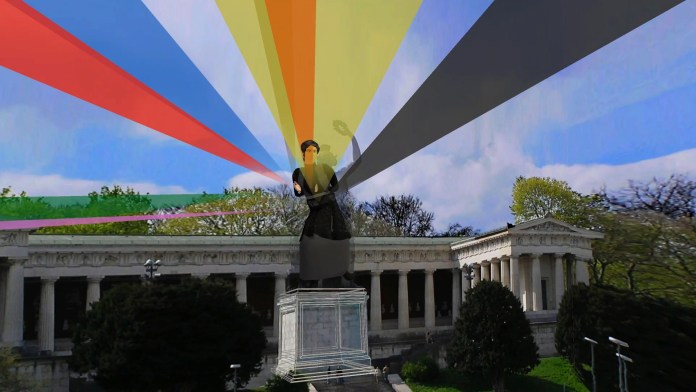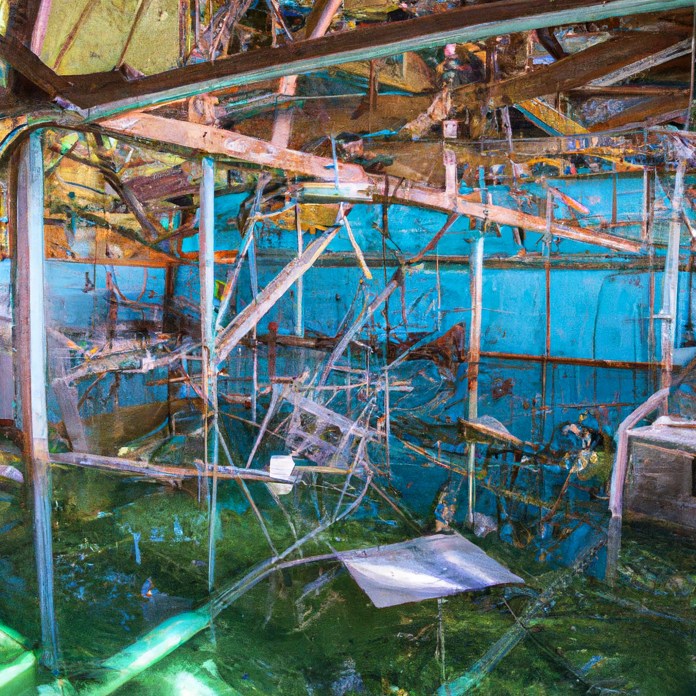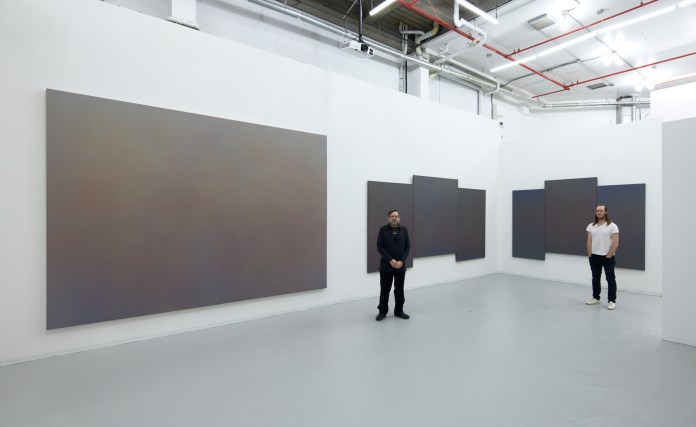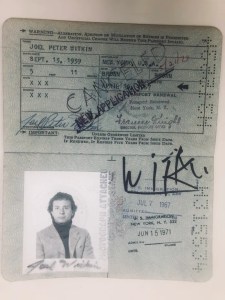 Will Pappenheimer is a Brooklyn based artist and educator working in new media, performance and installation. His current work explores the collage of the virtual and physical worlds in the recent mediums of augmented or mixed reality and artificial intelligence. He was a founding member of the augmented reality (AR) collective, Manifest.AR, formed in 2011, which pioneered interventionist projects worldwide. His projects and performances have been shown internationally at Whitney Museum of American Art, the New Museum and the Moving Image Art Fair in New York; LACMA and Fringe Exhibitions, Los Angeles; MOMA and Bitforms Gallery in San Francisco; Stedelijk Museum in Amsterdam; FACT, Liverpool, UK; Contemporary Istanbul Art Fair, Istanbul; the ICA, CyberArts Gallery and the Museum of Fine Arts in Boston; the Corcoran Gallery of Art in Washington. He recently debuted a solo show of new at the Alpha Gallery in Boston. His works have been reviewed in the Whitney Museum curator, Christiane Paulʼs historical editions of “Digital Art,” Art in America, New York Times, Hyperallergic.org, WIRED, the Boston Globe, and EL PAIS, Madrid.
Will Pappenheimer is a Brooklyn based artist and educator working in new media, performance and installation. His current work explores the collage of the virtual and physical worlds in the recent mediums of augmented or mixed reality and artificial intelligence. He was a founding member of the augmented reality (AR) collective, Manifest.AR, formed in 2011, which pioneered interventionist projects worldwide. His projects and performances have been shown internationally at Whitney Museum of American Art, the New Museum and the Moving Image Art Fair in New York; LACMA and Fringe Exhibitions, Los Angeles; MOMA and Bitforms Gallery in San Francisco; Stedelijk Museum in Amsterdam; FACT, Liverpool, UK; Contemporary Istanbul Art Fair, Istanbul; the ICA, CyberArts Gallery and the Museum of Fine Arts in Boston; the Corcoran Gallery of Art in Washington. He recently debuted a solo show of new at the Alpha Gallery in Boston. His works have been reviewed in the Whitney Museum curator, Christiane Paulʼs historical editions of “Digital Art,” Art in America, New York Times, Hyperallergic.org, WIRED, the Boston Globe, and EL PAIS, Madrid.










